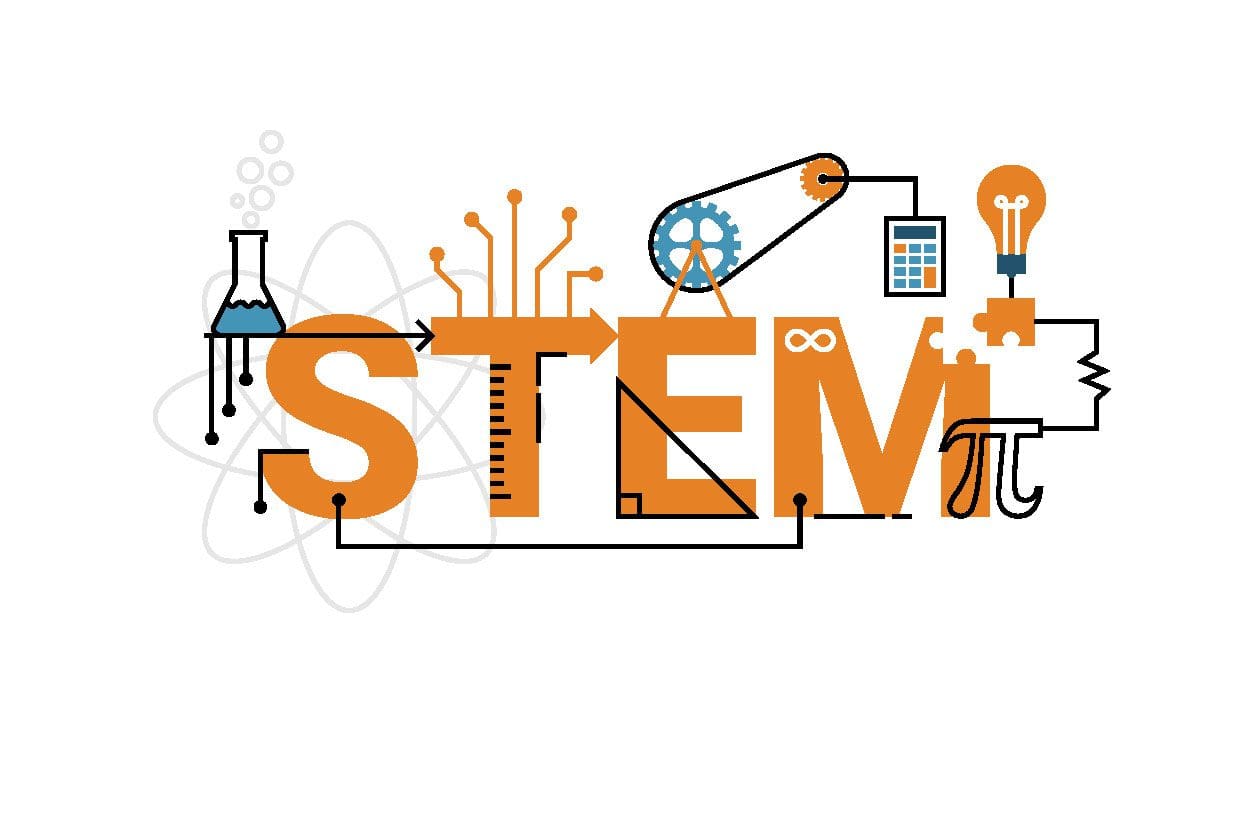China Shines: Insights into Culture and Society
Explore the vibrant narratives and emerging trends from China.
STEM-ulating Minds: Where Curiosity Meets Innovation
Unleash your curiosity! Explore cutting-edge ideas and innovations in STEM that inspire and ignite the mind. Join us on this exciting journey!
The Future of STEM: How Curiosity Fuels Innovation
The future of STEM (Science, Technology, Engineering, and Mathematics) is profoundly shaped by the innate human trait of curiosity. As we stand on the brink of unprecedented technological advancements, the desire to explore and understand the world around us becomes the driving force behind innovation. It is curiosity that leads students to ask critical questions, propelling them toward careers in STEM fields where they can creatively solve complex problems. Schools and educational institutions must cultivate this sense of wonder, providing environments that nurture inquisitiveness through hands-on experiments, group projects, and interdisciplinary studies.
Innovation in STEM relies heavily on the ability to think outside the box and challenge established norms. Curiosity not only fuels individual exploration but also fosters collaboration across disciplines. For instance, teams of scientists and engineers often come together to tackle global challenges, driven by their curiosity to find sustainable solutions to issues like climate change. As we look to the future, it is essential to support initiatives that encourage this curious mindset, whether through funding research at universities or promoting STEM outreach programs in local communities. By prioritizing curiosity in STEM education and careers, we pave the way for groundbreaking discoveries that will shape our world for generations to come.

5 Exciting Experiments to Ignite Your Creativity in STEM
Are you ready to spark your creativity in STEM? Here are 5 exciting experiments that not only demonstrate scientific principles but also encourage innovative thinking. Each experiment can be done at home or in a classroom setting, making them flexible for all ages. Grab your lab coat and prepare to ignite your imagination!
- Homemade Lava Lamp: Create a colorful lava lamp using simple ingredients like water, oil, food coloring, and Alka-Seltzer. This experiment is a fantastic way to explore density and chemical reactions.
- DIY Solar Oven: Harness the power of the sun by building a solar oven with a pizza box, aluminum foil, and plastic wrap. This project encourages discussions about renewable energy and climate science.
- Invisible Ink: Use lemon juice or baking soda as invisible ink to write secret messages. When heated, the writing reveals itself, offering a fun way to learn about chemical reactions and oxidation.
- Egg in a Bottle: Demonstrate air pressure by getting a hard-boiled egg to fit into a bottle without any breaking. This experiment opens the door to discussions about air pressure and the physics behind gas laws.
- Baking Soda Volcano: Lastly, create a classic baking soda volcano with vinegar and red food coloring to simulate a volcanic eruption. This dynamic experiment highlights the principles of acid-base reactions and geological processes.
What Is STEM Education and Why Is It Important for Future Innovators?
STEM education refers to a curriculum that integrates science, technology, engineering, and mathematics into a cohesive learning paradigm. It encourages students to engage in problem-solving and critical thinking through hands-on projects and collaborative learning. By focusing on these key disciplines, STEM education aims to equip students with the skills needed to address real-world challenges. As technology continues to evolve and shape our lives, the importance of STEM education becomes increasingly evident, as it lays the foundation for future innovators to thrive in a rapidly changing landscape.
One of the primary reasons that STEM education is crucial for future innovators lies in its ability to foster creativity and encourage exploration. With a strong foundation in STEM, students are more likely to develop key skills such as analytical thinking, technical proficiency, and the ability to work collaboratively. Moreover, as industries increasingly rely on technology and innovative solutions, a strong background in STEM fields can significantly enhance job prospects and opportunities for advancement. By prioritizing STEM education, we are not only preparing the next generation of leaders but also driving the future of innovation and economic growth.